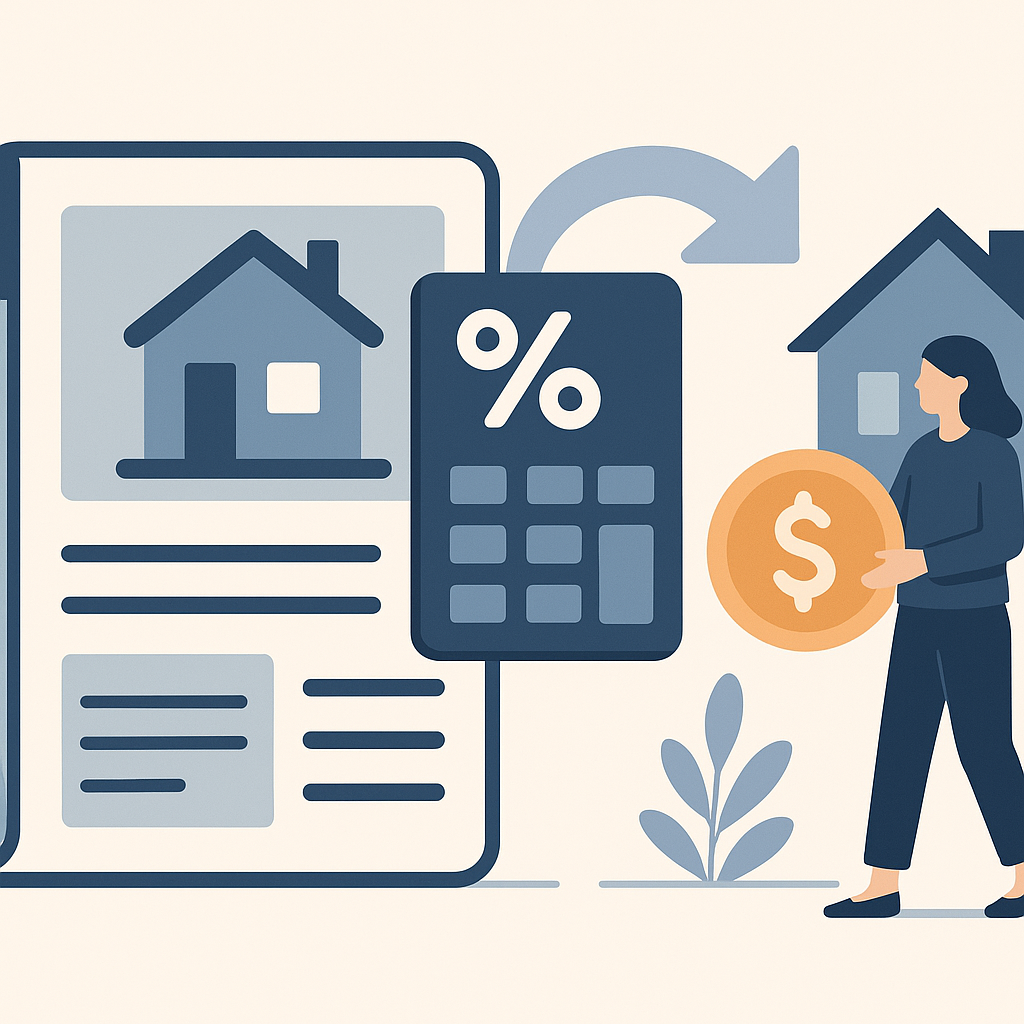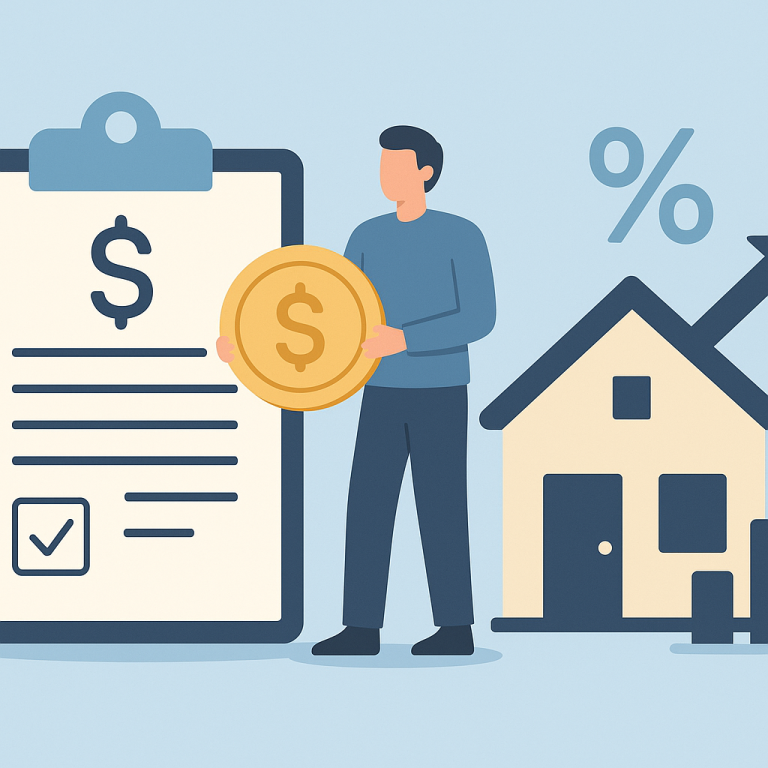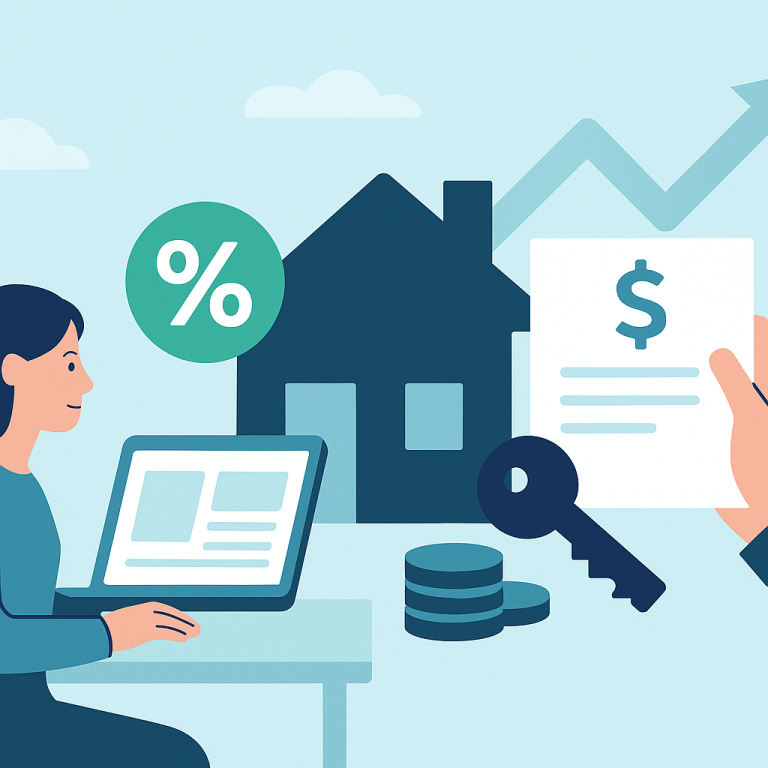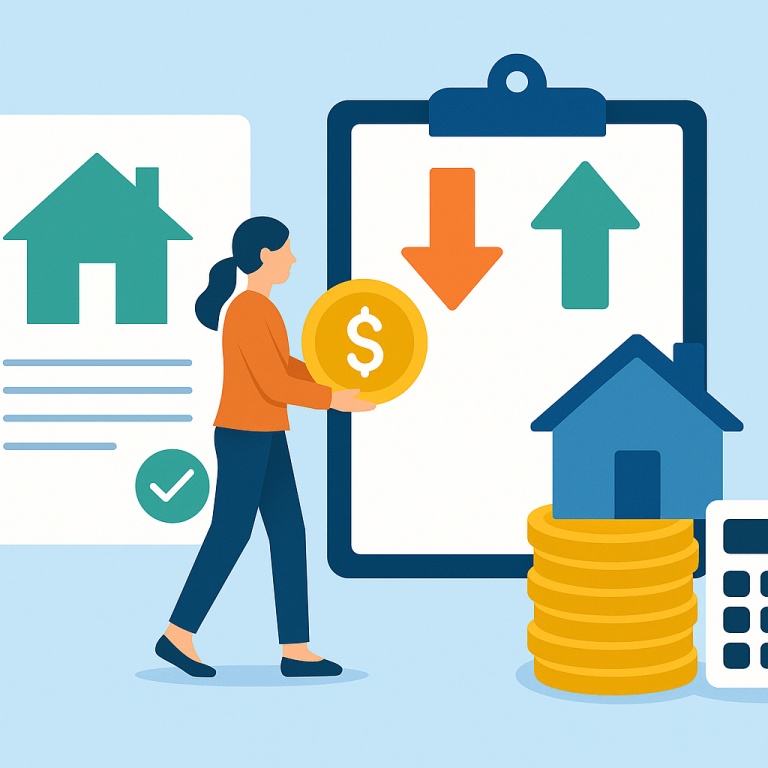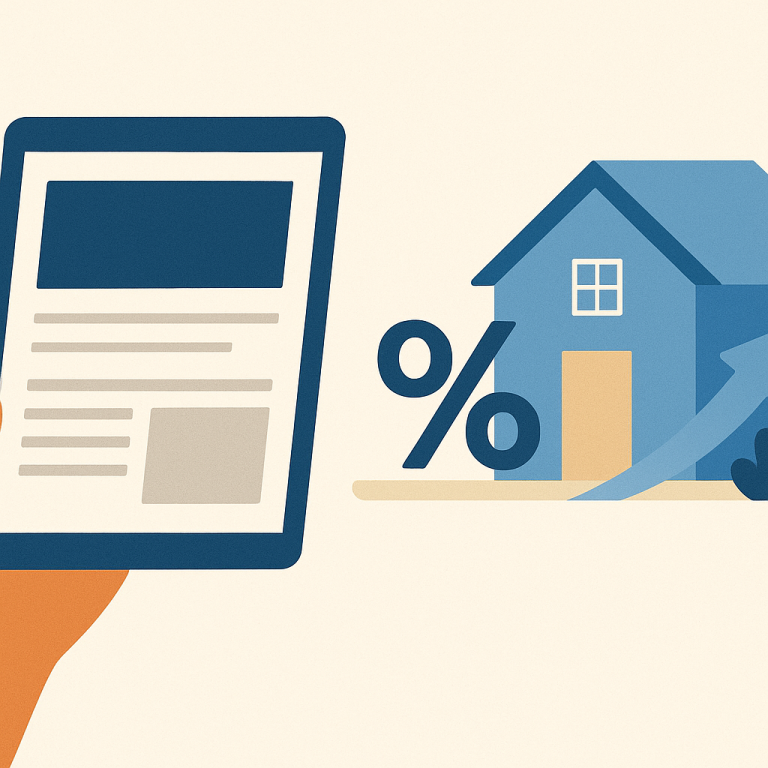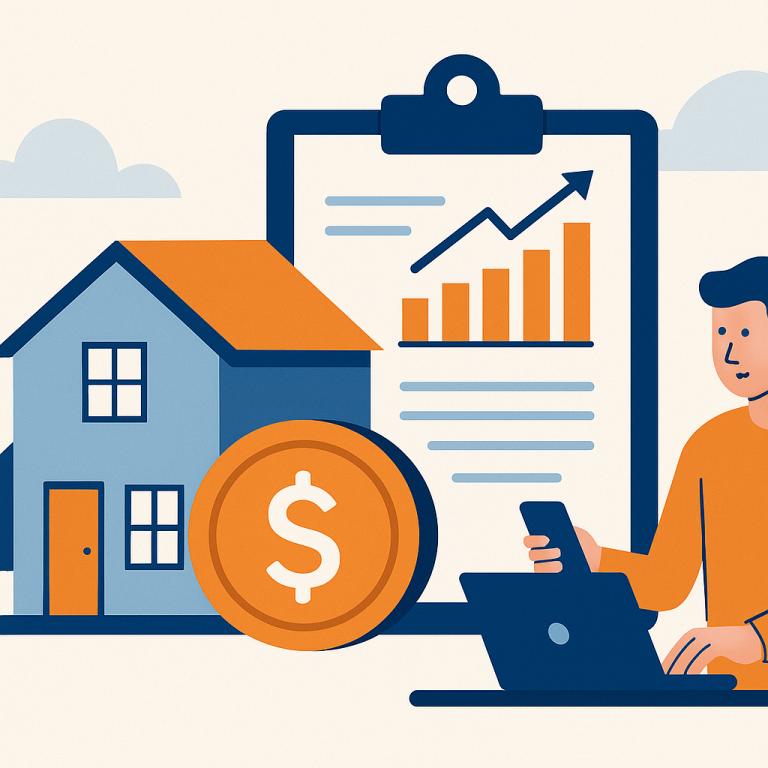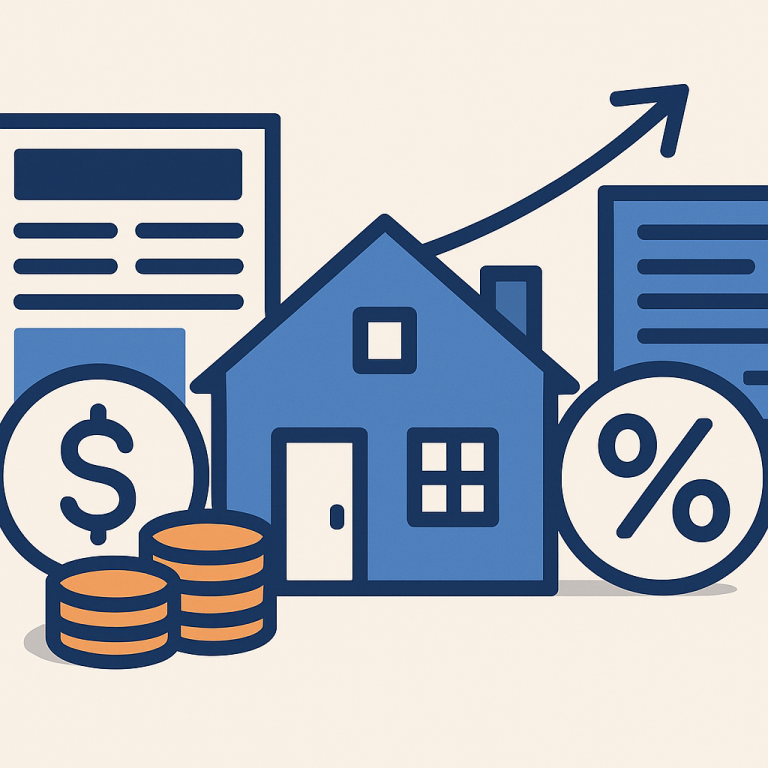30-Year Mortgage Rates Hit Three-Week Low After Soft Jobs Data
Modest Dip in Rates Spurs Targeted Refinance Activity for Homeowners
Mortgage refinancing activity has picked up as a modest easing in long-term interest rates has created selective opportunities for homeowners. Rather than driving a broad wave of refinance transactions, the recent movement is prompting cost-sensitive borrowers—particularly those with older, higher-rate mortgages or substantial home equity—to revisit their options and weigh potential savings against closing costs and loan terms.
Industry observers note that the current environment favors targeted refinancing strategies. Homeowners who originally locked in loans when rates were substantially higher stand to benefit most from a rate-and-term refinance that lowers monthly payments or shortens the amortization schedule. Conversely, borrowers with relatively recent refinances or low outstanding balances may find the math less compelling once transaction costs and remaining loan terms are factored in.
Cash-out refinances are also seeing measured demand, driven by homeowners seeking to fund renovations or consolidate higher-interest debt. Lenders remain selective, and underwriting standards continue to emphasize credit history and loan-to-value ratios, so access to cash via refinancing is more likely for borrowers with stronger financial profiles and ample equity.
Several practical considerations should guide decision-making. First, upfront closing costs can offset measurable monthly savings for many borrowers; the break-even period—how long it takes for savings to exceed those costs—should be central to any refinance calculation. Second, changing the loan term can alter the long-term cost of borrowing. Extending to a longer term may reduce monthly payments but increase total interest paid, while shortening the term increases monthly payments but accelerates equity accumulation and interest savings.
Homeowners should also evaluate alternatives to a full refinance. Rate-and-term refinancing addresses interest rate and term objectives without pulling equity. Home equity lines of credit can provide flexible access to funds with different cost structures. Some lenders offer loan recasts or modifications that reduce monthly payments without full refinance costs; these options warrant comparison when available.
To move from consideration to action efficiently, homeowners can follow a disciplined process: estimate the break-even period for one or more refinance scenarios, collect recent pay stubs and mortgage statements to streamline underwriting, compare multiple lender quotes including APR and lender fees, and factor in implications for taxes and insurance. Locking a rate typically requires a commitment window, so timing and market expectations should inform when to lock.
Homeowner Takeaways
- Refinance selectively: the most attractive opportunities are for borrowers with older, higher-rate mortgages or meaningful home equity.
- Calculate break-even: ensure projected monthly savings exceed closing costs within a time frame that matches your plans to stay in the home.
- Compare the true cost: review APR, lender fees, and any prepayment penalties in addition to the quoted interest rate.
- Decide on term impact: shortening the loan term can increase monthly payments but reduce total interest paid; extending the term can lower payments but raise lifetime costs.
- Explore alternatives: consider HELOCs, recasts, or loan modifications when they better match liquidity needs or minimize upfront costs.
- Prepare documentation and shop lenders: multiple quotes and a clear financial picture improve the chance of favorable pricing and timely approval.
With incremental rate relief, refinancing can make sense for specific borrower profiles but remains a nuanced decision. Careful comparison of scenarios, transparent assessment of upfront costs, and alignment with personal financial objectives will determine whether refinancing delivers meaningful benefit.
META: refinancing, mortgage rates, homeowner guidance, refinance takeaways

